Hubble In Safe Mode As Gyro Issues Are Diagnosed
Hubble in Safe Mode as Gyro Issues are Diagnosed
NASA - Hubble Space Telescope patch. Oct. 8, 2018 NASA is working to resume science operations of the Hubble Space Telescope after the spacecraft entered safe mode on Friday, October 5, shortly after 6:00 p.m. EDT. Hubble’s instruments still are fully operational and are expected to produce excellent science for years to come. Hubble entered safe mode after one of the three gyroscopes (gyros) actively being used to point and steady the telescope failed. Safe mode puts the telescope into a stable configuration until ground control can correct the issue and return the mission to normal operation. Built with multiple redundancies, Hubble had six new gyros installed during Servicing Mission-4 in 2009. Hubble usually uses three gyros at a time for maximum efficiency, but can continue to make scientific observations with just one. The gyro that failed had been exhibiting end-of-life behavior for approximately a year, and its failure was not unexpected; two other gyros of the same type had already failed. The remaining three gyros available for use are technically enhanced and therefore expected to have significantly longer operational lives.
NASA’s Hubble Space Telescope. Image Credit: NASA
Two of those enhanced gyros are currently running. Upon powering on the third enhanced gyro that had been held in reserve, analysis of spacecraft telemetry indicated that it was not performing at the level required for operations. As a result, Hubble remains in safe mode. Staff at NASA’s Goddard Space Flight Center and the Space Telescope Science Institute are currently performing analyses and tests to determine what options are available to recover the gyro to operational performance. Science operations with Hubble have been suspended while NASA investigates the anomaly. An Anomaly Review Board, including experts from the Hubble team and industry familiar with the design and performance of this type of gyro, is being formed to investigate this issue and develop the recovery plan. If the outcome of this investigation results in recovery of the malfunctioning gyro, Hubble will resume science operations in its standard three-gyro configuration. If the outcome indicates that the gyro is not usable, Hubble will resume science operations in an already defined “reduced-gyro” mode that uses only one gyro. While reduced-gyro mode offers less sky coverage at any particular time, there is relatively limited impact on the overall scientific capabilities. For more information about Hubble, visit: https://www.nasa.gov/hubble Image (mentioned), Text, Credits: NASA/Sarah Loff/Felicia Chou. Greetings, Orbiter.ch Full article
More Posts from Astrosciencechick and Others

Just let Earth enjoy the theory of general relativity, Mars.
P.S. Today (in 1905) the theory of special relativity was revealed!
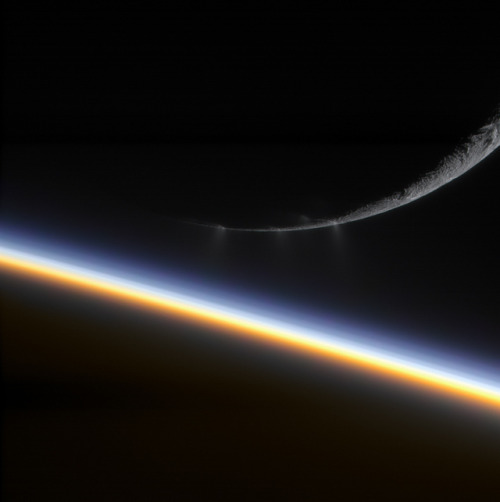
Enceladus and Saturn
Image credit: Gordan Ugarkovic
It’s only two things.
Imagine where you could be by this time next year. Now do the work




And that’s when Earth made dolphins. LOL.
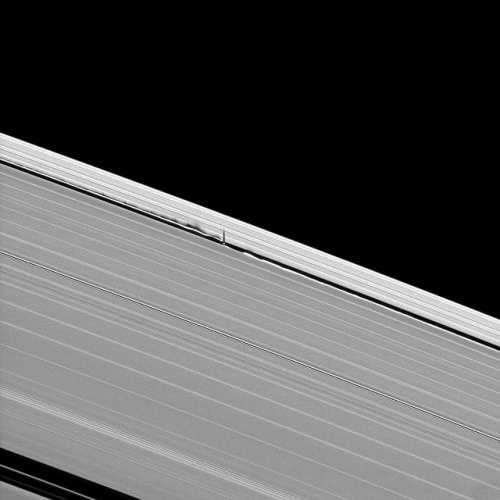
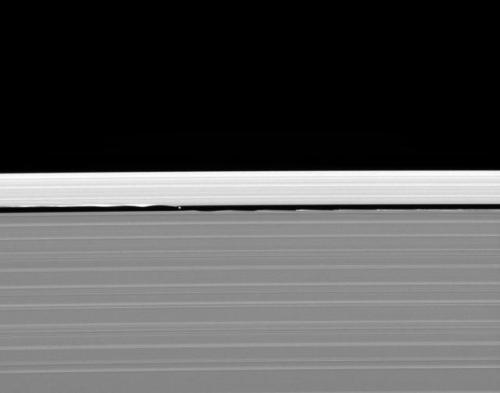
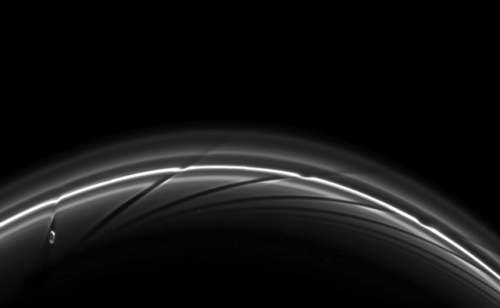
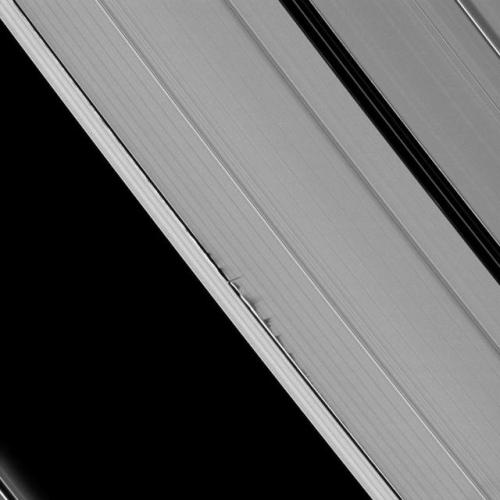
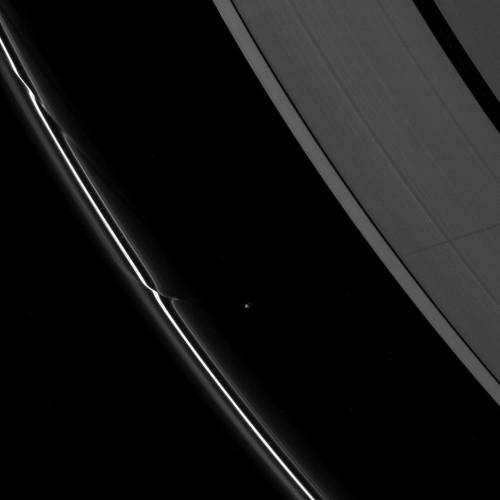
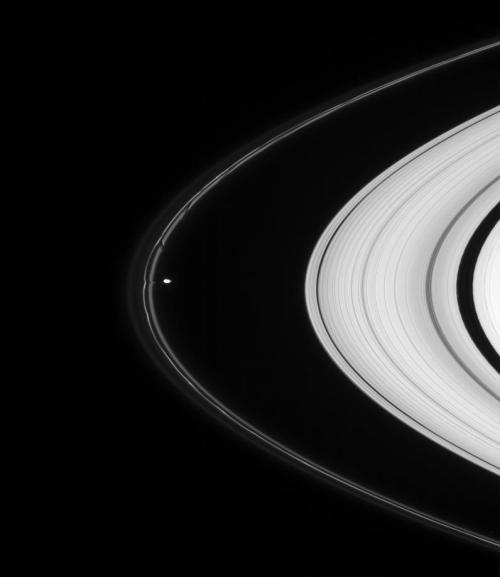

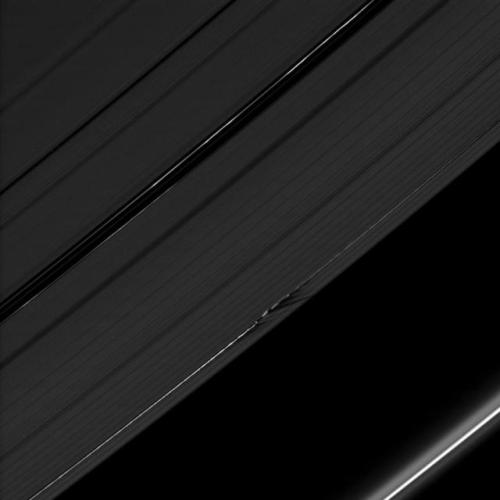

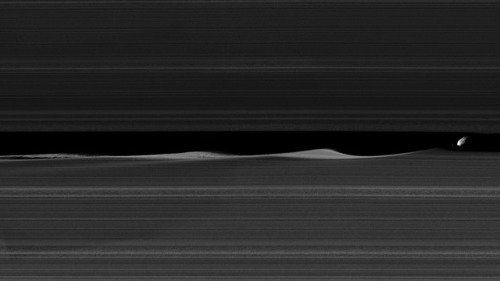
Ripples in the rings of Saturn caused by the orbit of small moons (Pandora, Pan, Prometheus, Atlas, Daphnis, etc.)

To see the animation click here
Image credit: NASA/JPL/Cassini & Planetary Ring Image of the Day

I won’t be able to do a full write-up of this, as I’ll be out most of this evening, but this article does a great job at answering a lot of questions about today’s launch failure.







Opportunity
how to pass your ap classes
ap euro: it's probably the catholic church's fault so you can blame them for everything
apush: just remember that the white men will fuck over everyone else, and even on occasion, other white men
ap english lit: tattoo the complete works of shakespeare on your person
ap spanish language: put everything in the subjunctive to show how much you doubt everything you do
ap physics i: make a blood sacrifice to sir isaac newton
ap physics ii: cry on a battery
ap calc ab: take the derivative, set it equal to zero, and pray

NGC 3372, Dusty Carina

NGC 2736: The Pencil Nebula
Image Credit: Howard Hedlund & Dave Jurasevich, Las Campanas Obs.
-
 the-swag-never-stops liked this · 6 years ago
the-swag-never-stops liked this · 6 years ago -
 elenah liked this · 6 years ago
elenah liked this · 6 years ago -
 particlepostgrad reblogged this · 6 years ago
particlepostgrad reblogged this · 6 years ago -
 dandilions-and-dasies liked this · 6 years ago
dandilions-and-dasies liked this · 6 years ago -
 astrosciencechick reblogged this · 6 years ago
astrosciencechick reblogged this · 6 years ago -
 larryrickard liked this · 6 years ago
larryrickard liked this · 6 years ago -
 brianastonone liked this · 6 years ago
brianastonone liked this · 6 years ago -
 barettapr liked this · 6 years ago
barettapr liked this · 6 years ago -
 willoftitanium liked this · 6 years ago
willoftitanium liked this · 6 years ago -
 andromeda1023 reblogged this · 6 years ago
andromeda1023 reblogged this · 6 years ago -
 andromeda1023 liked this · 6 years ago
andromeda1023 liked this · 6 years ago -
 kanasan reblogged this · 6 years ago
kanasan reblogged this · 6 years ago -
 morby reblogged this · 6 years ago
morby reblogged this · 6 years ago -
 morby liked this · 6 years ago
morby liked this · 6 years ago -
 cleverclara reblogged this · 6 years ago
cleverclara reblogged this · 6 years ago -
 spacetimewithstuartgary reblogged this · 6 years ago
spacetimewithstuartgary reblogged this · 6 years ago -
 kopng liked this · 6 years ago
kopng liked this · 6 years ago -
 flaugerbomb liked this · 6 years ago
flaugerbomb liked this · 6 years ago -
 themetalcat1 liked this · 6 years ago
themetalcat1 liked this · 6 years ago -
 particlepostgrad liked this · 6 years ago
particlepostgrad liked this · 6 years ago -
 catshapeddarkness liked this · 6 years ago
catshapeddarkness liked this · 6 years ago -
 trydianth reblogged this · 6 years ago
trydianth reblogged this · 6 years ago -
 trydianth liked this · 6 years ago
trydianth liked this · 6 years ago -
 briefblazeunknown liked this · 6 years ago
briefblazeunknown liked this · 6 years ago -
 amrei9 reblogged this · 6 years ago
amrei9 reblogged this · 6 years ago -
 amrei9 liked this · 6 years ago
amrei9 liked this · 6 years ago -
 nerunerd7 liked this · 6 years ago
nerunerd7 liked this · 6 years ago -
 lovelace-and-lattes reblogged this · 6 years ago
lovelace-and-lattes reblogged this · 6 years ago -
 the-unabridged-journals reblogged this · 6 years ago
the-unabridged-journals reblogged this · 6 years ago -
 hikari1996 liked this · 6 years ago
hikari1996 liked this · 6 years ago -
 davisonnnnn reblogged this · 6 years ago
davisonnnnn reblogged this · 6 years ago -
 rfrank2248 liked this · 6 years ago
rfrank2248 liked this · 6 years ago -
 charizardiite liked this · 6 years ago
charizardiite liked this · 6 years ago -
 crazybambooandvenomousreptile123 liked this · 6 years ago
crazybambooandvenomousreptile123 liked this · 6 years ago -
 catsandwhytheyhate reblogged this · 6 years ago
catsandwhytheyhate reblogged this · 6 years ago -
 catsandwhytheyhate liked this · 6 years ago
catsandwhytheyhate liked this · 6 years ago -
 blog-dzepxich liked this · 6 years ago
blog-dzepxich liked this · 6 years ago -
 astronomycorner liked this · 6 years ago
astronomycorner liked this · 6 years ago -
 octopuzzy liked this · 6 years ago
octopuzzy liked this · 6 years ago -
 saltatmidnight reblogged this · 6 years ago
saltatmidnight reblogged this · 6 years ago